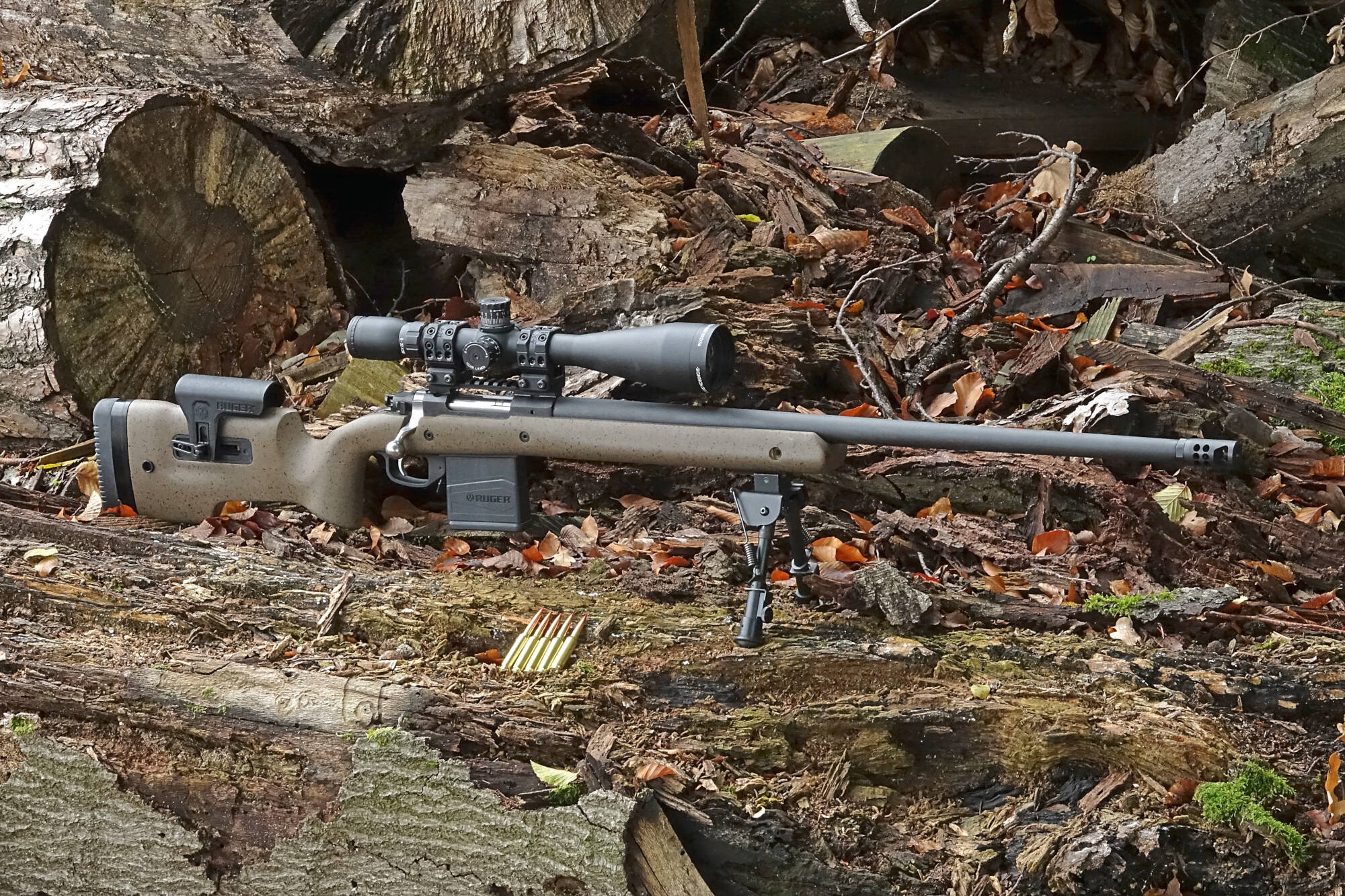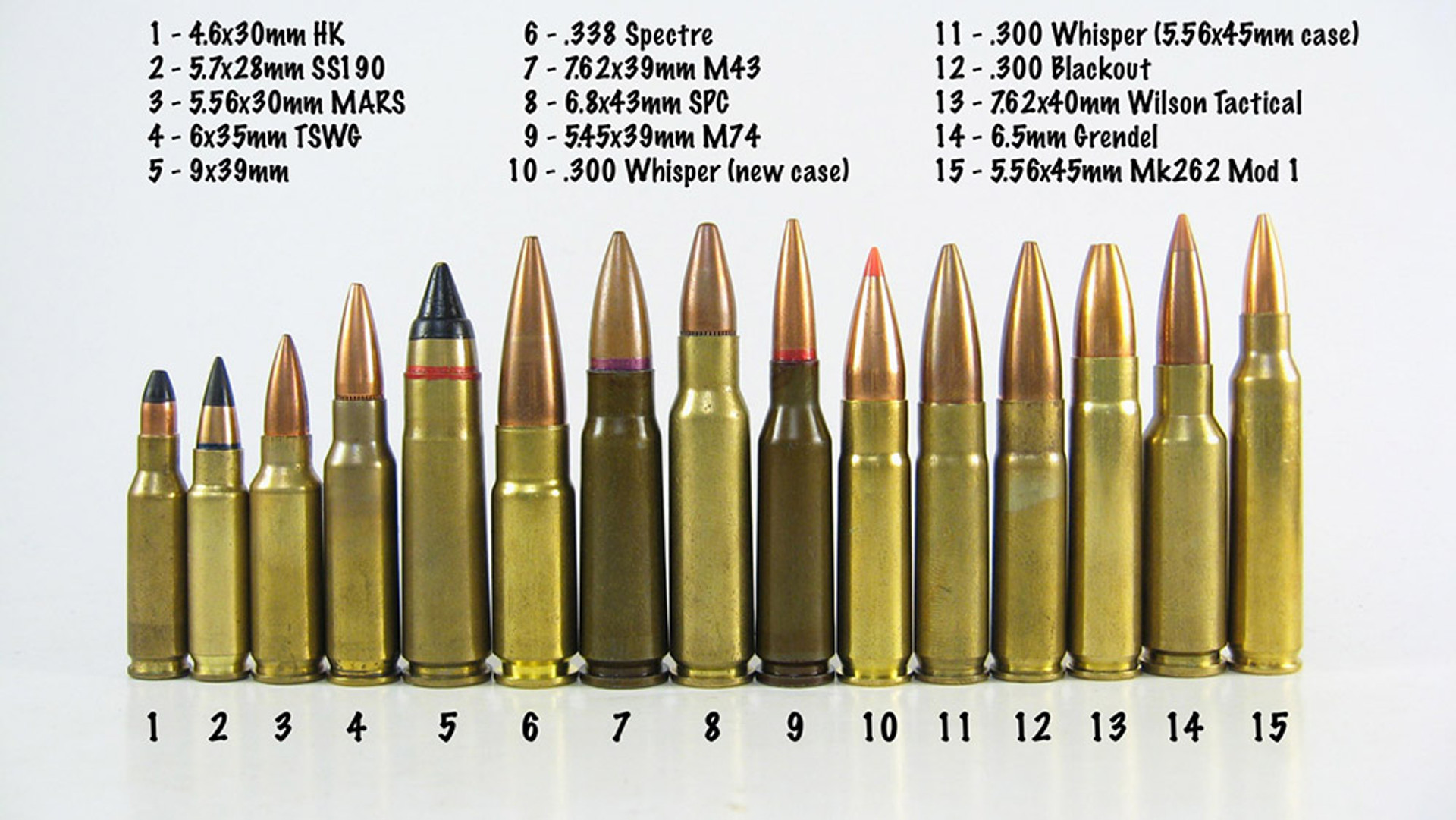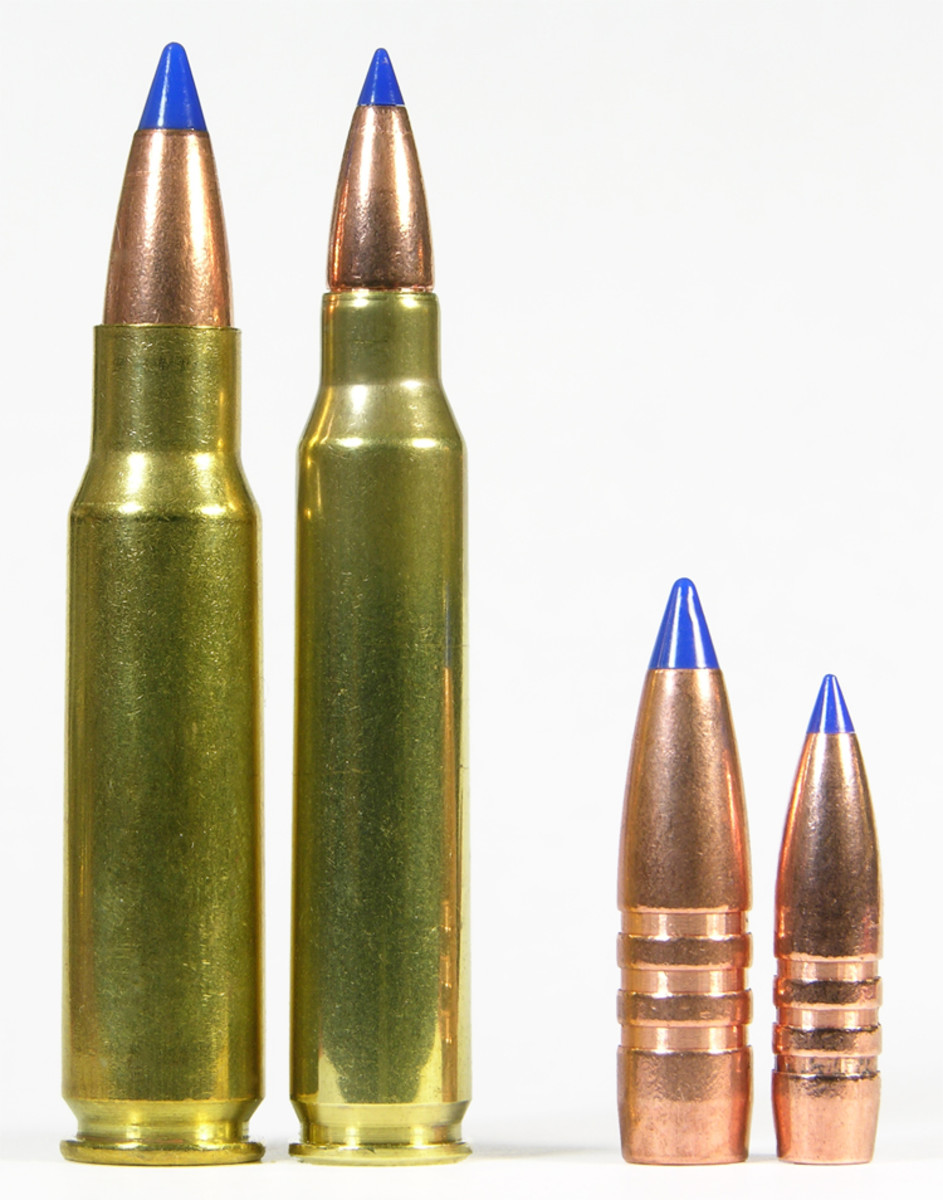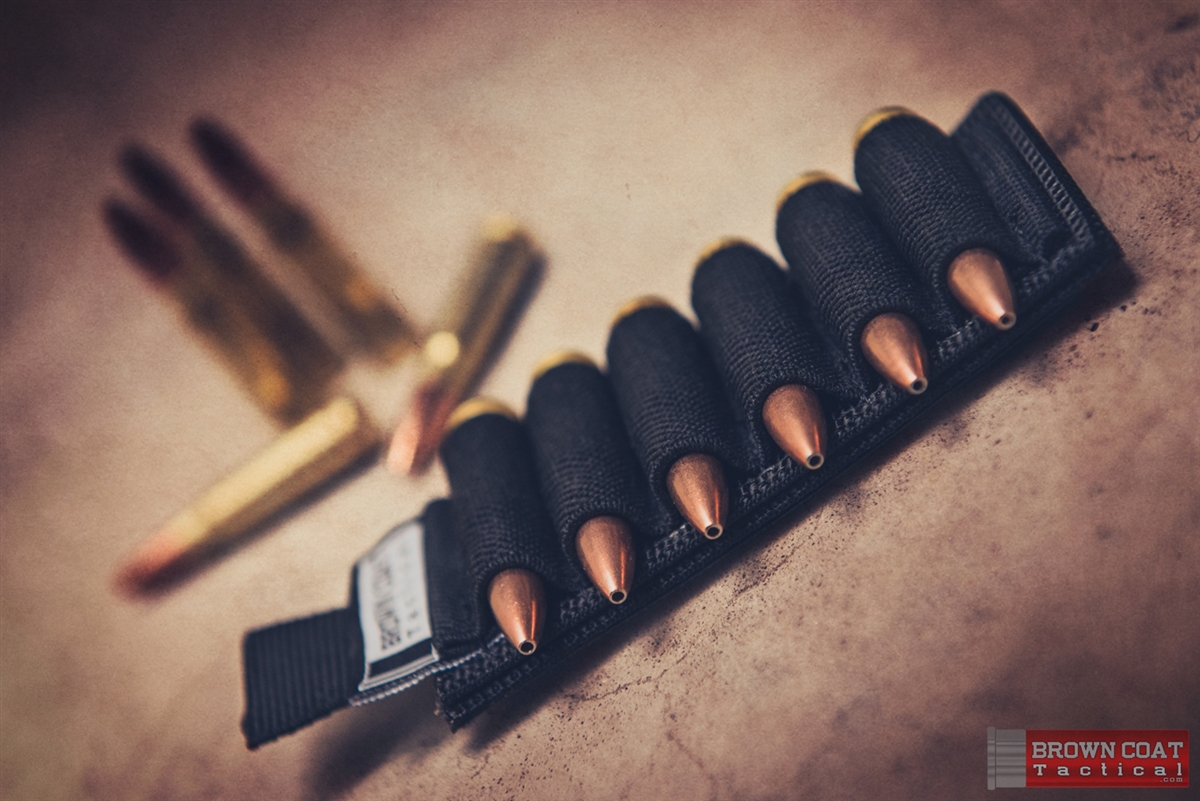6.8 Rifle Round - ) or 7.7 × 56 mmR, is a .303-inch (7.7 mm) rimfire rifle cartridge. The 0.303-inch bore diameter is measured between the rifling surfaces, as is customary in Europe for the traditional black powder custom.
It was first produced in Great Britain as a black powder cartridge used in December 1888 for the Lee-Metford rifle. Since 1891, the cartridge has used smokeless powder, which was the intention from the beginning, but the decision on which smokeless powder to use was delayed.
6.8 Rifle Round

It was the standard British and Commonwealth military cartridge for rifles and machine guns from 1889 until the 1950s, when it was replaced by the 7.62×51mm NATO.
Choosing The Best Cartridge To Hunt Big Game In The West
O) sleeve volume. The significantly tapered outer part of the case was designed to provide reliable case feeding and extraction in bolt-action rifles and machine guns under difficult conditions.
Americans would define the shoulder angle as alpha/2 ≈ 17 degrees. Typical rifling speed for this cartridge is 254 mm (10.0 in) 10 in, 5 grooves, Rim Ø = 7.70 millimeters (0.303 in), Rim Ø = 7.92 millimeters (0.312 in), Rim width = 2, 12 millimeters (0.083 in). ) and the Berdan or Boxer type of charger (for a large gun size).
According to the official decisions of the C.I.P. (Commission Internationale Permante pour l'Epreuve des Armes à Feu Portatives), .303 British can withstand up to 365.00 MPa (52,939 psi) P
Piezo pressure. In C.I.P. In regulated states, each rifle cartridge combination must be tested at 125% of this maximum C.I.P. pressure for certification for sale to consumers.
Sig Ammunition Produced & Delivered Over 825,000 Rounds Of 6.8x51mm Composite Case Ammo For Us Army Next Generation Squad Weapons Program Prototype Test #2
This means that the British .303 caliber weapon in the C.I.P. regulated states are currently (2014) tested at 456.00 MPa (66.137 psi) PE piezo pressure.
The SAAMI (Sporting Arms and Ammunition Manufacturers Institute) Maximum Average Pressure (MAP) for this cartridge is 49,000 psi (337.84 MPa) piezo pressure (45,000 CUP).
Caliber 0.303 in (7.70 mm) is the nominal bore size measured between faces, according to the older black powder nomenclature. Measured between the grooves, the nominal bore size is 0.311 in. (7.90 mm). The bores of many .303 military rifles often vary from about 0.309 in (7.85 mm) to 0.318 in (8.08 mm). The recommended bullet diameter for standard .303 British cartridges is .312 inches (7.92 mm).

During its more than 70-year service life in the British Commonwealth Armed Forces, the .303-inch (7.7 mm) cartridge underwent the T designation, eventually expanding to 26 variants.
Western Rifles: 5 Top Picks For The New Long Range Cartridge
The bolt pull of the .303 British is relatively low compared to many other service cartridges used in the early 20th century.
The original .303 British service cartridge used black powder as the propellant and was used for the Lee-Metford rifle, which had rifling designed to be less fouling with this powder, which replaced the Martini-Grey rifle in 1888. Some Martini-Hrys were converted to use the new .303 as "Martini-Metford"
The British Explosives Board used Lee-Metford as a test bed to experiment with many different smokeless powders entering the market, including ballistite, cordite and riffleite.
Cordite was a rod or "crushed" smokeless powder consisting of nitroglycerin, cotton and mineral jelly, while Rifleite was a true nitrocellulose powder consisting of soluble and insoluble nitrocellulose, filamidazob and volatiles similar to Frch smokeless powders.
The 6.5 Creedmoor Is Not The Ultimate Super Cartridge
Excessive wear on the shallow rifling of the Matford with all available smokeless powders prompted the authorities to introduce a new series of barrels designed by the Royal Ordnance Works to extend the life of the barrel; a modified rifle introduced in 1895 as the Lee–field.
After extensive testing, the Explosives Board selected Cordite for use in the British Mark II .303 service cartridge.
The original .303 Mark I and Mk II live cartridges used a 215-grain (13.9 g) round nosed bullet filled with a copper-nickel metal jacket with a lead core. After tests showed that the service bullet had too thin a shell when used with cordite, the Mk II bullet was introduced with a flat base and a thicker copper-nickel shell.

The round-neck Mk II bullet was found unsatisfactory in combat, especially when compared to the enlarged dum-dum cartridges issued in limited numbers in 1897 during the Chitral and Tirah expeditions of 1897–98 in the north-west. Border of India.
Best .22 Lr Revolvers: Complete Guide
This led to the appearance of the Cartridge S.A. bullet. in 1898. The .303-inch Cordite Mark III is essentially the original 215 grain (13.9 g) bullet with the case cut off to expose the lead in the nose.
The Mk III charge, however, was almost immediately withdrawn due to production problems, leading to the introduction of the similar Mk IV hollow point charge the following February, which was put into mass production in Great Britain, Canada and New York. Zeeland.
After the pivotal battle of Omdurman in the Mahdist War, Major Mathias of the Royal Army Medical Corps observed a young man hit twice by Mark IV bullets:
He has a gunshot wound to his left leg above the knee. The trans wound was clean and very small. The projectile hit the femur just above the internal condyle; all the lower d of this bone and the upper d of the tibia were broken to pieces, the knee-joint was completely disorganized. He was also wounded in the right shoulder... The entire shoulder joint and shoulder blade were completely broken. In any case, there were no signs of an exit wound.
Blackout: 300 Blk's Big Brother — Anachrobellum
The Mk IV's hollow-point bullet design moved the weight of the bullet to the rear, increasing stability and accuracy compared to a conventional round-nose bullet.
These soft-nosed, hollow-point bullets, while effective against human targets, had the potential to shed the outer metal casing when fired; the latter occasionally got stuck in the barrel and created a dangerous obstacle.
This was resolved by the introduction of the revised Mk V cartridge later in October (controversial as by August the Hague Convention had already banned the military use of such enhanced cartridges), identical to the Mark IV cartridge except for a 2% addition. antimony to the lead core and an additional 1.3 mm in length.

Concerns about the proliferation of cartridges were expressed at the Hague Convention in 1899 by representatives of Switzerland and the Netherlands. The Swiss were concerned about small arms ammunition that "increased suffering", while the Dutch focused on loading the British Mark III .303 in response to their treatment of Boer settlers in South Africa. The British and American defense was that the focus should not be on specific bullet shapes, such as hollow points, but on bullets that did "excessive damage". The parties in d agreed to refrain from the use of expanding bullets.
What Exactly Is A .44 Magnum Rifle? Here Is Why You Should Care.
Using expansionist charges against the signatories of the convention, which was found to be inhumane, the Mk III, Mk IV and Mk V were withdrawn from active service. The rest of the stocks (more than 45 million cartridges) were used for shooting. The Mark III and other enlarged versions of the .303 were not produced during the Second Boer War (1899–1902). Boer guerrillas are said to have used high-explosive hunting ammunition during the war against the British, and New Zealand troops may have privately brought in Mark III cartridges without permission under the Hague Convention.
To replace the Mk III, IV and V, the Mark VI cartridge was introduced in 1904, using a round-nosed bullet similar to the Mk II, but with a thinner case designed to expand slightly, although this proved not to be the case.
In 1898, the Atelier de Construction de Puteaux (APX) revolutionized cartridge design with the "Balle D" design for the 8mm Lebel cartridge, introducing pointed "spitzer" cartridges. In addition to being sharp, the bullet was also much lighter to provide a higher muzzle velocity. It was found that as the speed increased, the bullets suddenly became much more deadly.
In 1910, the British took the opportunity to replace the Mk VI cartridge with a more modern one. The Mark VII cartridge used a 174 gr (11.28 g) flat-bottomed pointed bullet. The .303 British Mark VII cartridge was loaded with 37 gr (2.40 g) Cordite MDT 5-2 (cordite MD compressed in the barrel) and had a muzzle velocity of 2,440 ft/s (744 m/s) and a maximum firing range. approximately 3,000 yards (2,700 m).
Neglected Rifle Calibers Worth Any Shooter's Time
The Mk VII differed from previous .303 cartridge designs or Spitzer shells in general. Although it looks like a regular Spitzer bullet with an all-metal shell, this appearance is deceptive: its designers made the front third of the interior of the Mk 7 rounds out of aluminum (from Canada) or Tito (cellulose plastic), wood pulp. or pressed paper, instead of lead, and were autoclaved to prevent wound infection. This lighter bow moved the bullet's center of gravity back, making it tail heavy. Although the bullet was stable in flight due to the gyroscopic forces acting on it through the barrel rifling, it behaved quite differently when it hit the target. When the bullet hit the target and slowed down, its heavier lead base caused it to bend and deform severely, causing more serious gunshot wounds than the standard Spitzer single-core design.
The Mk VII bullet was considered Hague compliant, as was its metal
68 inch round dining table, 68, epson 68, 68 round dining table, 68 inch round tablecloth, $68, round 68 to the nearest ten, waylube 68, gasb 68, spencer 68, scb 68, 68 round tablecloth
0 Comments